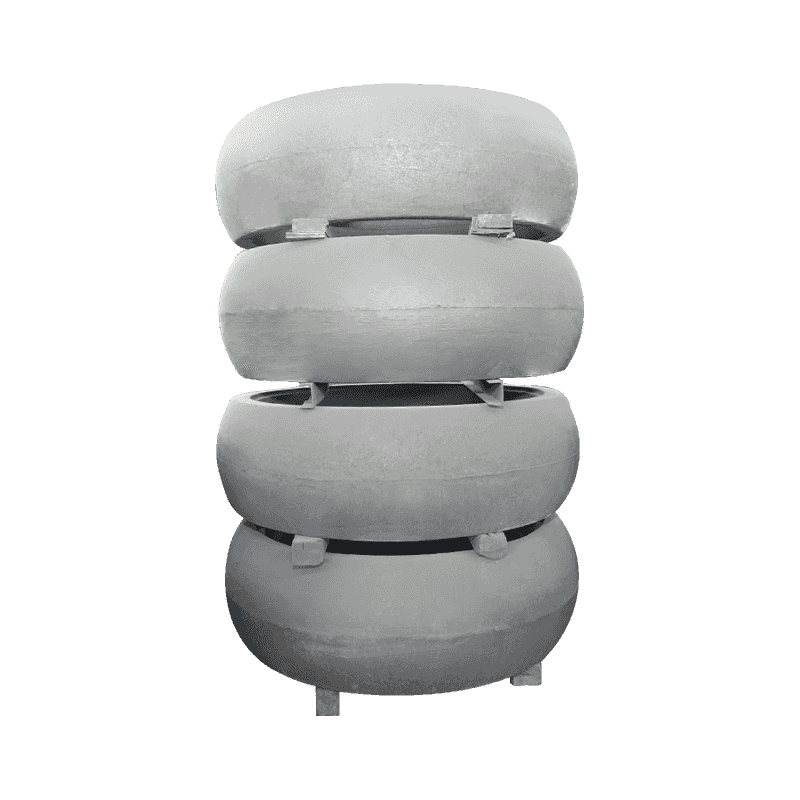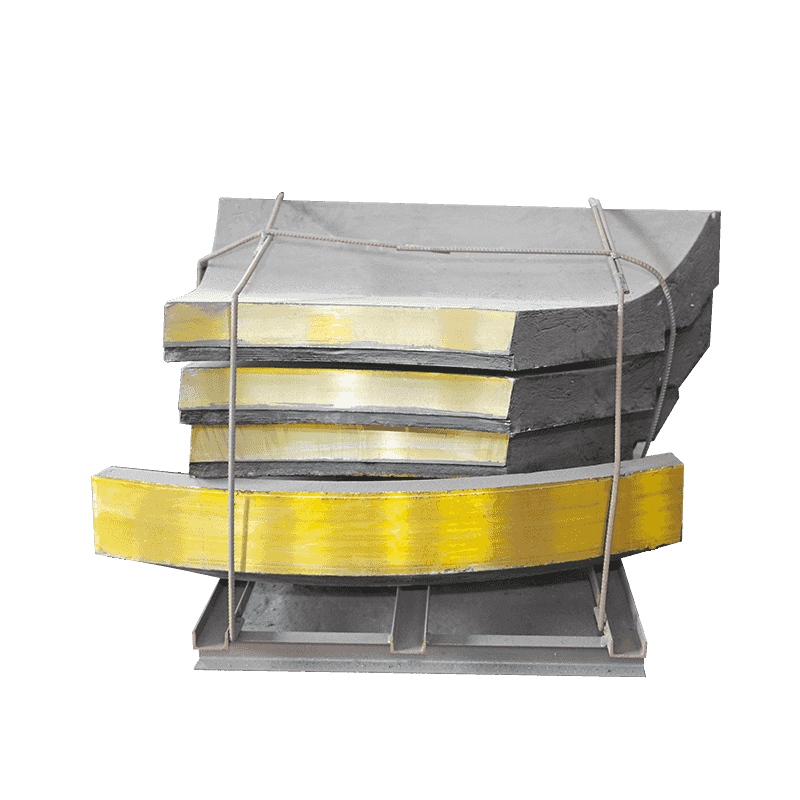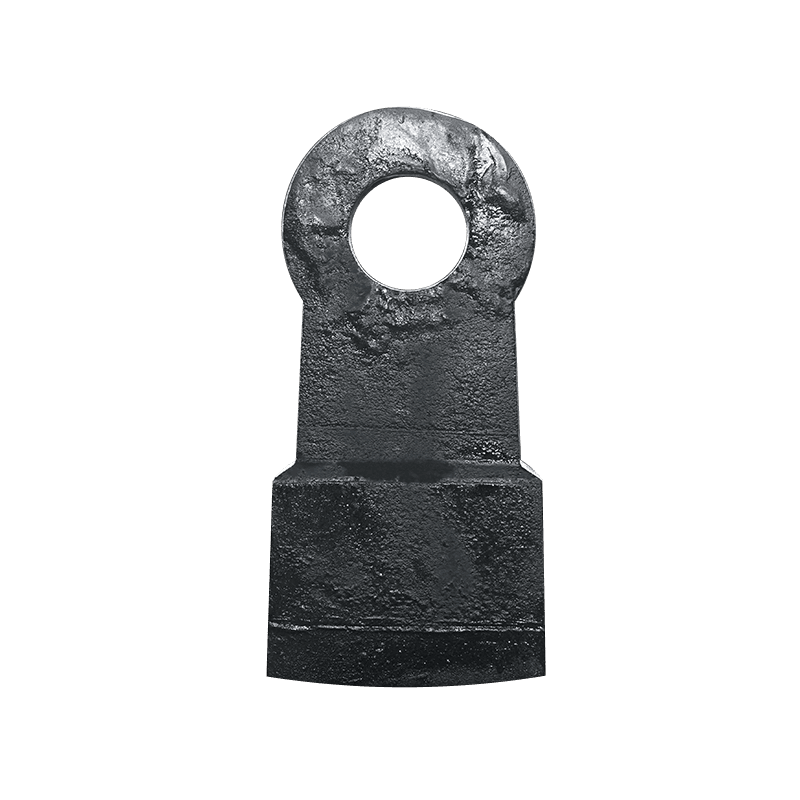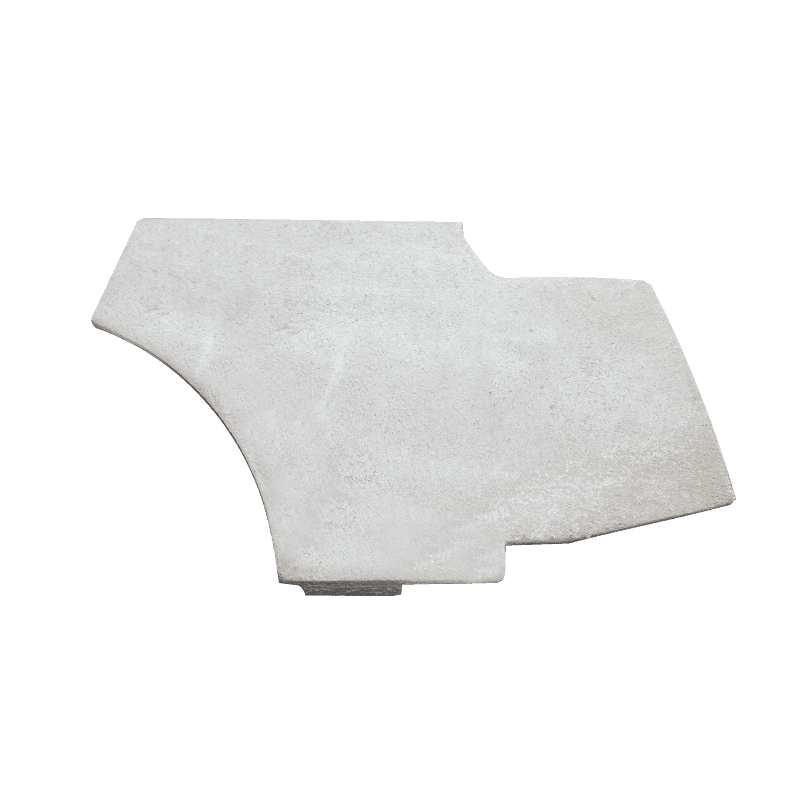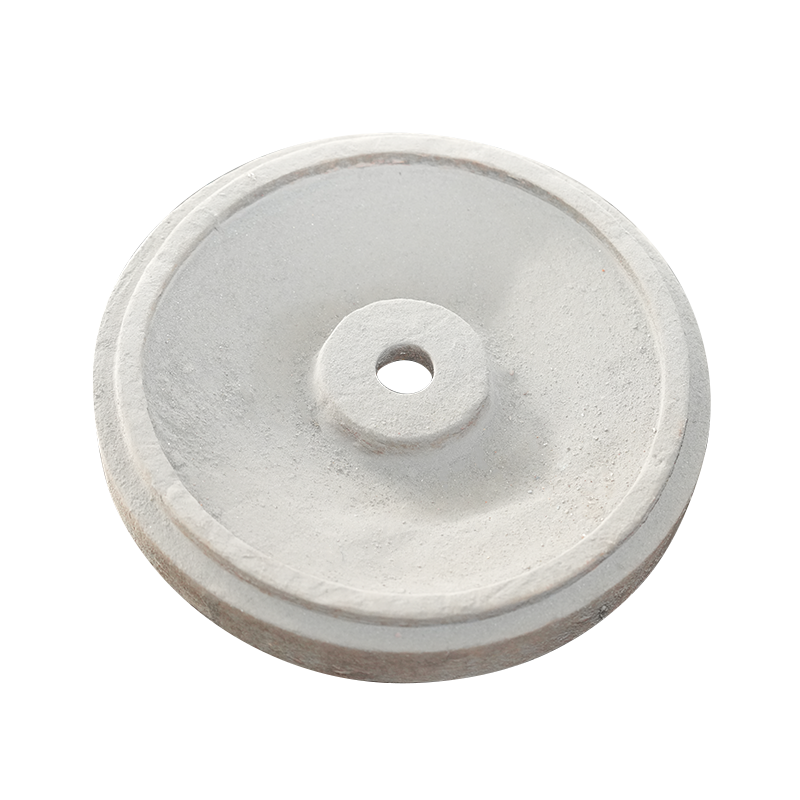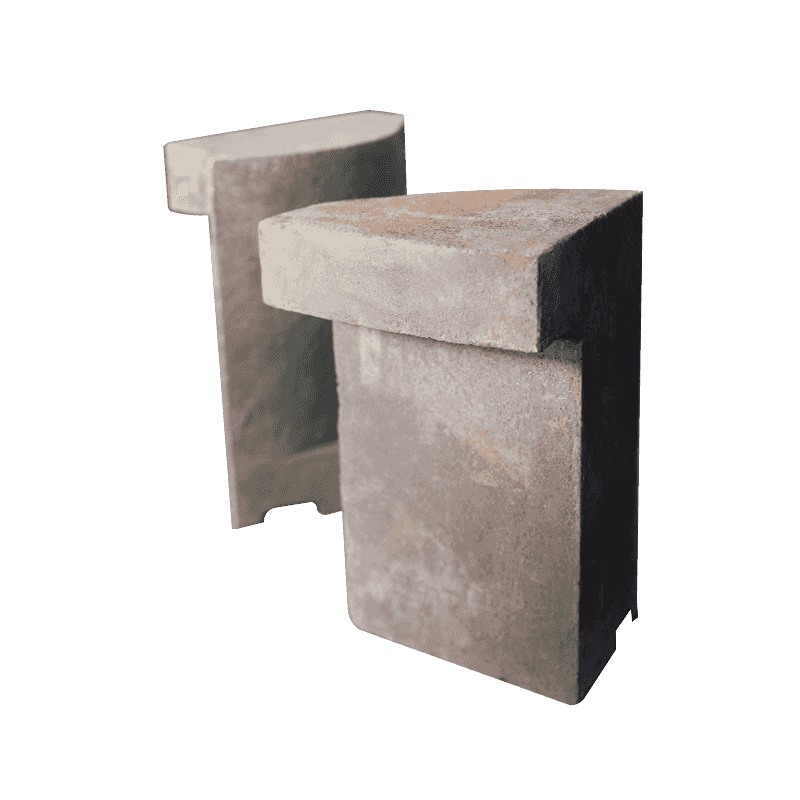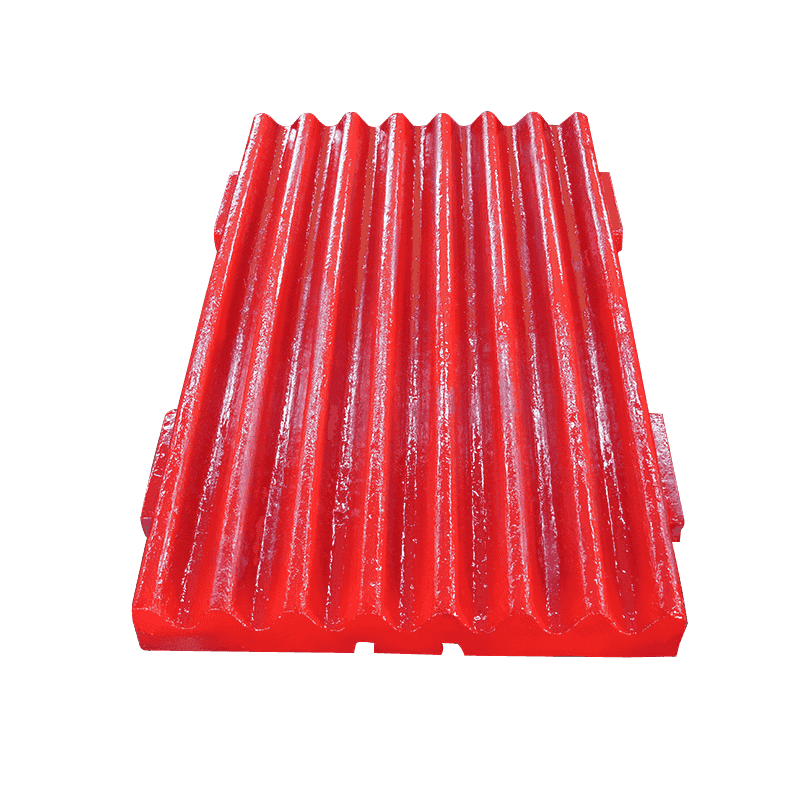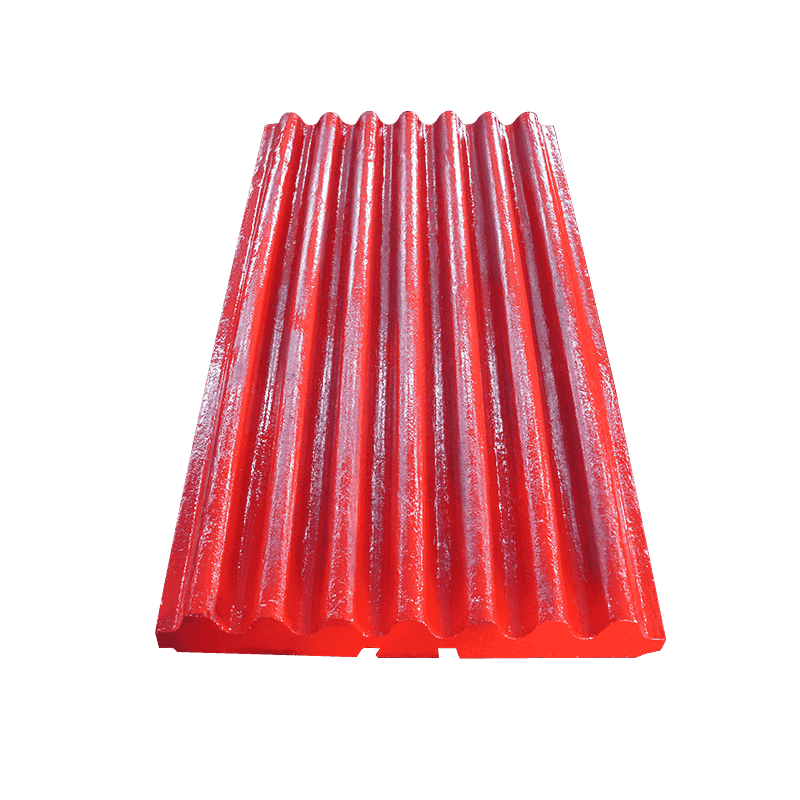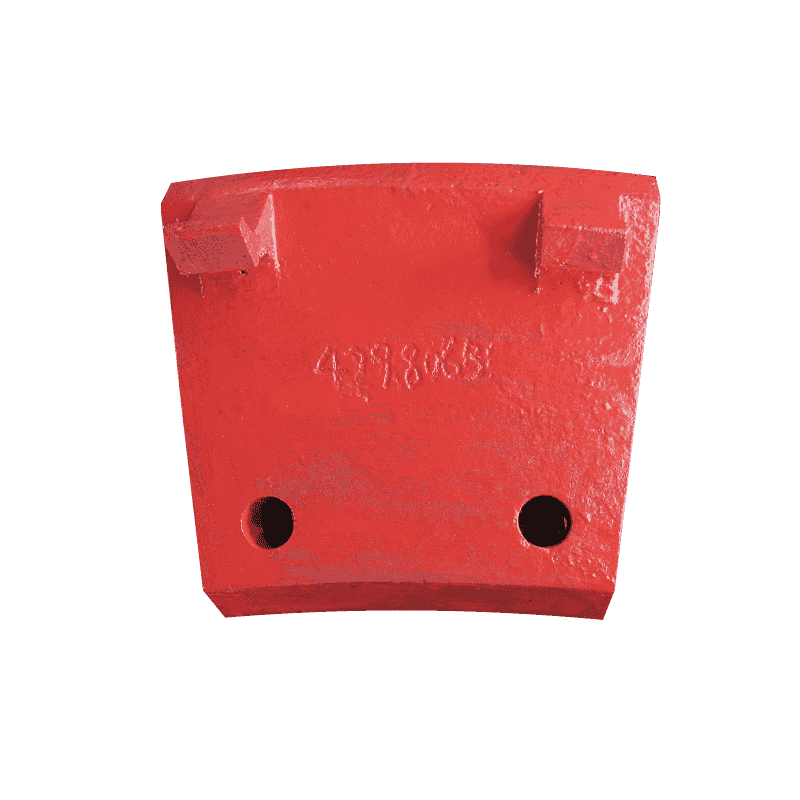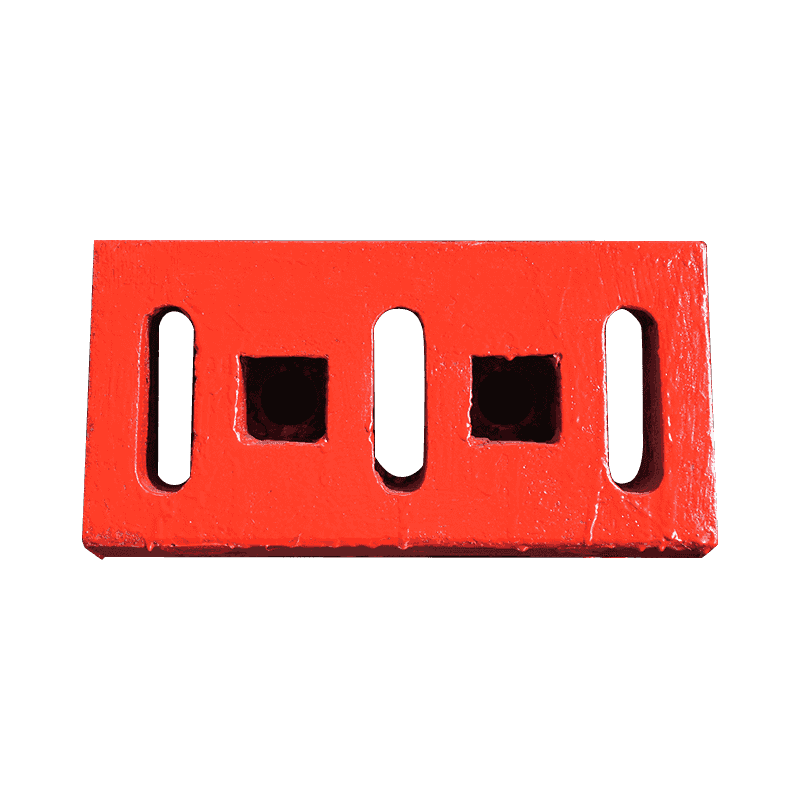High Manganese Steel Castings vs. Low Alloy Steel Castings: A Comprehensive Comparison
High Manganese Steel Castings are widely used in industries such as mining, cement, and construction due to their superior toughness, high resistance to abrasion, and ability to withstand heavy impacts. However, Low Alloy Steel Castings are also popular in various sectors for their cost-effectiveness and good mechanical properties. In this article, we will compare these two types of castings, highlighting their unique characteristics, advantages, and drawbacks. By the end of this article, you’ll be better informed about which casting material suits your needs based on performance, durability, and cost-efficiency.
What Are High Manganese Steel Castings?
High Manganese Steel Castings are made from a high-content of manganese (around 12-14%) combined with iron and carbon. The high manganese content gives the material exceptional toughness, work-hardening properties, and resistance to impact and abrasion. These castings are primarily used in environments where parts are subjected to heavy wear and tear, such as in crusher parts, earth-moving machinery, and mining equipment.
The high manganese content also provides these castings with the ability to self-harden under impact. This means that the material becomes increasingly resistant to abrasion as it undergoes stress and wear.
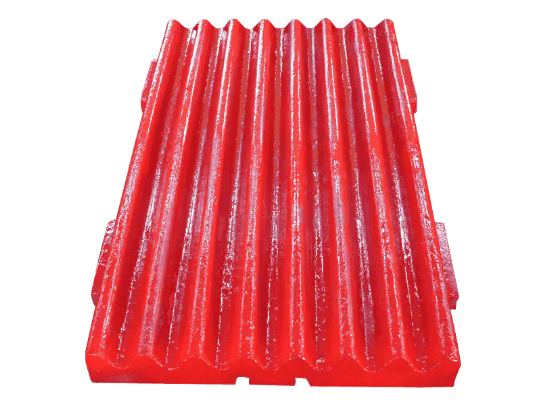
What Are Low Alloy Steel Castings?
Low Alloy Steel Castings are made from a mix of iron with small amounts of alloying elements like chromium, molybdenum, and nickel. These castings offer a balance of good mechanical properties, including high tensile strength, impact toughness, and resistance to wear, at a more affordable price point than high manganese steel. Low Alloy Steel Castings are commonly used in general engineering applications, such as in gears, crankshafts, valves, and pipes.
While they may not have the extreme toughness and work-hardening properties of High Manganese Steel Castings, they are suitable for applications requiring moderate wear resistance and strength, making them a more cost-effective option.
Key Differences Between High Manganese Steel Castings and Low Alloy Steel Castings
| Feature | High Manganese Steel Castings | Low Alloy Steel Castings |
| Composition | 12-14% Manganese, Carbon, Iron | Small amounts of Chromium, Molybdenum, Nickel, Iron |
| Toughness and Hardness | Extremely tough with excellent work-hardening properties | Moderate toughness and hardness |
| Wear Resistance | Superior wear and impact resistance, ideal for high-wear environments | Good wear resistance, but not as high as high manganese steel |
| Applications | Mining, Cement, Crushers, Earth-moving Equipment | Gears, Crankshafts, Valves, Piping Systems |
| Cost | Expensive due to high manganese content and manufacturing complexity | More affordable and cost-effective for standard applications |
| Heat Resistance | High resistance to heat and stress | Moderate heat resistance, effective at lower temperature ranges |
| Processing Difficulty | More challenging to cast due to its high carbon content | Easier to process with better machinability |
Advantages of High Manganese Steel Castings
-
Exceptional Wear Resistance: The high manganese content allows these castings to work-harden under impact, making them perfect for environments where parts experience frequent wear, such as in crushers and heavy-duty mining machinery.
-
High Toughness: High manganese steel is known for its incredible toughness, which makes it resistant to crack formation under high-stress conditions. This is particularly important in industries where equipment undergoes severe impact forces.
-
Self-Hardening Properties: The work-hardening nature means that the material becomes harder the more it is subjected to stress. This provides an extended life cycle for the parts, reducing downtime and replacement costs.
Disadvantages of High Manganese Steel Castings
-
High Cost: The main downside of High Manganese Steel Castings is their high cost, both in terms of raw materials and the complexity of casting the material. This makes them a less viable option for applications that don’t require the extreme toughness and wear resistance.
-
Machinability: High manganese steel is harder to machine, which can increase manufacturing time and costs. This also limits its use in applications that require intricate machining after casting.
-
Prone to Brittleness Under Low Temperatures: At lower temperatures, High Manganese Steel Castings can become brittle, which limits their use in cryogenic applications or extremely cold environments.
Advantages of Low Alloy Steel Castings
-
Cost-Effective: Low Alloy Steel Castings are more affordable than High Manganese Steel Castings, making them a better choice for budget-sensitive projects without compromising on essential mechanical properties.
-
Versatile and Flexible: These castings provide a good balance of mechanical properties, including high tensile strength, hardness, and toughness, making them suitable for a wide variety of applications in engineering, automotive, and manufacturing industries.
-
Ease of Processing: Low Alloy Steel Castings are easier to machine and process, allowing for greater flexibility in part design and production. They also require less complex manufacturing processes, reducing overall costs.
Disadvantages of Low Alloy Steel Castings
-
Lower Wear Resistance: While they offer good wear resistance, Low Alloy Steel Castings do not perform as well as High Manganese Steel Castings under high-impact and abrasive conditions. This can lead to a shorter lifespan in equipment subjected to harsh environments.
-
Limited Toughness: Although Low Alloy Steel Castings are tough, they are not as resistant to crack formation and impact as High Manganese Steel Castings. This makes them less suitable for high-stress applications where extreme toughness is required.
-
Moderate Heat Resistance: While they do offer heat resistance, Low Alloy Steel Castings cannot withstand the high temperatures and stress that High Manganese Steel Castings can, which makes them less effective for applications involving extreme heat or thermal cycling.

 English
English  русский
русский  عربى
عربى 